The thought of using a rotary powertrain living inside an endurance racer seems backwards, thanks largely to masses of often anonymous internet goers who love to dismantle the rotary engine's standing and heritage. Shaping perception.
"It's funny that rotaries are known to be unreliable," says Whiddett — 'Mad Mike' to most. "We've won championships with rotaries, we've developed rotaries that go to all these film shoots ... we can't have cars that are unreliable. And with our development we've proved that they are the most reliable [engine] in our program."
We're sitting in his office, surrounded by Mazda and Red Bull paraphernalia. On the opposite side of the wall behind us, a bright orange and green 'exception' to the reliability rule — a Mazda 767B. Fresh off the boat for its Kiwi debut at Mad Mike's Summer Bash in Hampton Downs this weekend.
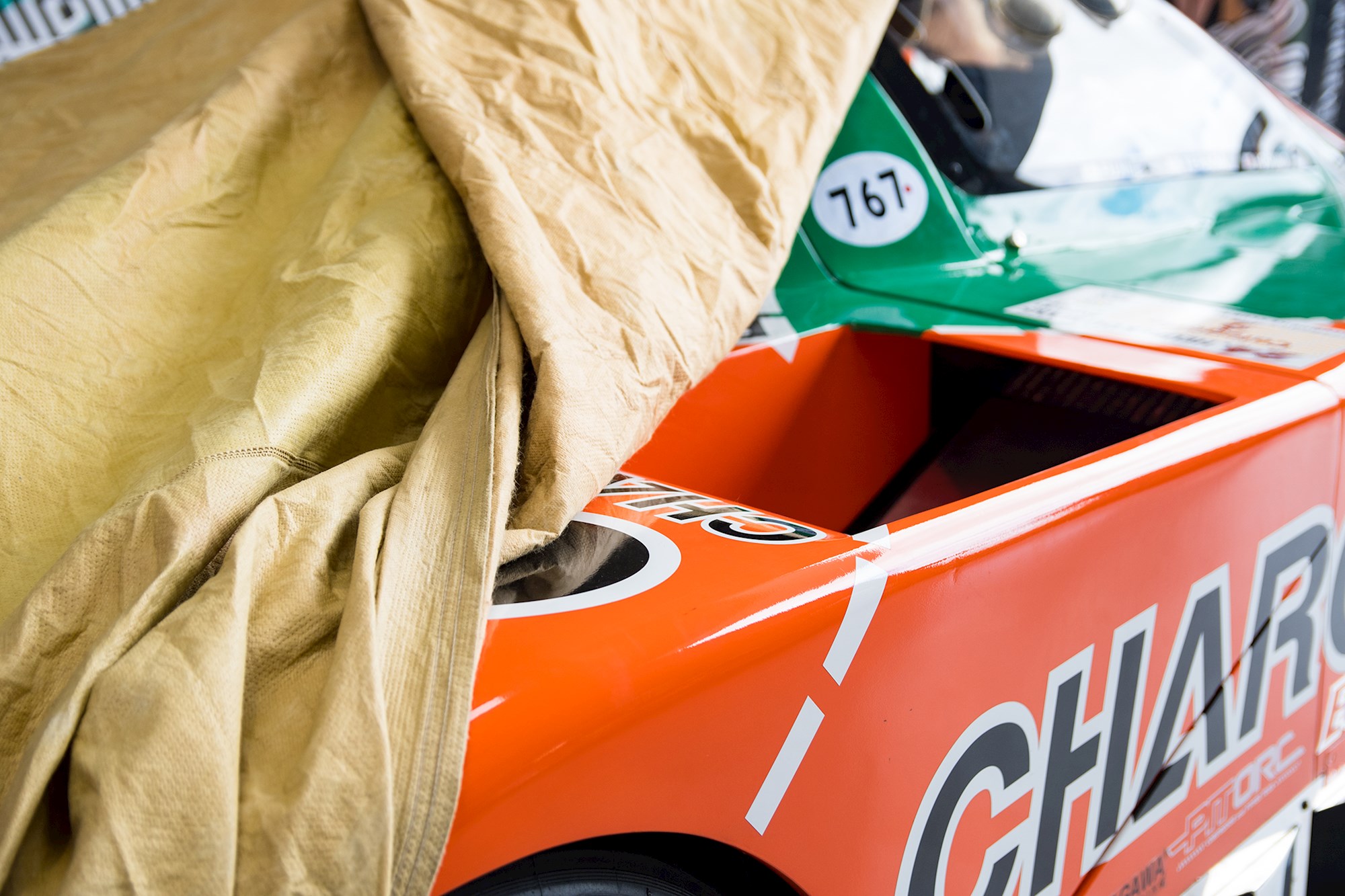
Group C was one of the most competitive eras of 'modern' prototype sports car racing in the '80s and early '90s. The list of car-makers is incredibly long, ranging from big dogs like Mercedes-Benz, Porsche, and Jaguar, to a plethora of privateer-flavoured efforts. At its peak, it rivaled Formula 1 for eyeballs and factory investment.
Somewhere in the middle were Nissan, Toyota, and Mazda. All three were there itching to prove their unique ingenuity on a global sporting stage, but they would often be overlooked since they didn't have the caché or the full trophy cabinet of the flash Europeans.
Mazda in particular had something to prove, given its investment in a rotary platform not just in its Group C cars but across its road cars. Back then, this unique engineering was seen as a big part of Mazda's mechanical future. And becoming a force to be reckoned with on track was part of the strategy of gaining legitimacy, especially in the face of everyone else's more traditional turbocharged V6s, V8s, and V12s.
Yeah, that whole 'race on Sunday, sell on Monday' thing.
Mazda was good at that already through things like their factory-backed RX-7 program (which included Kiwi Rod Millen for a while). But tackling Group C, and by proxy Le Mans, was bigger. And by the time the 767B rolled around in 1989, they were starting to get the hang of it.
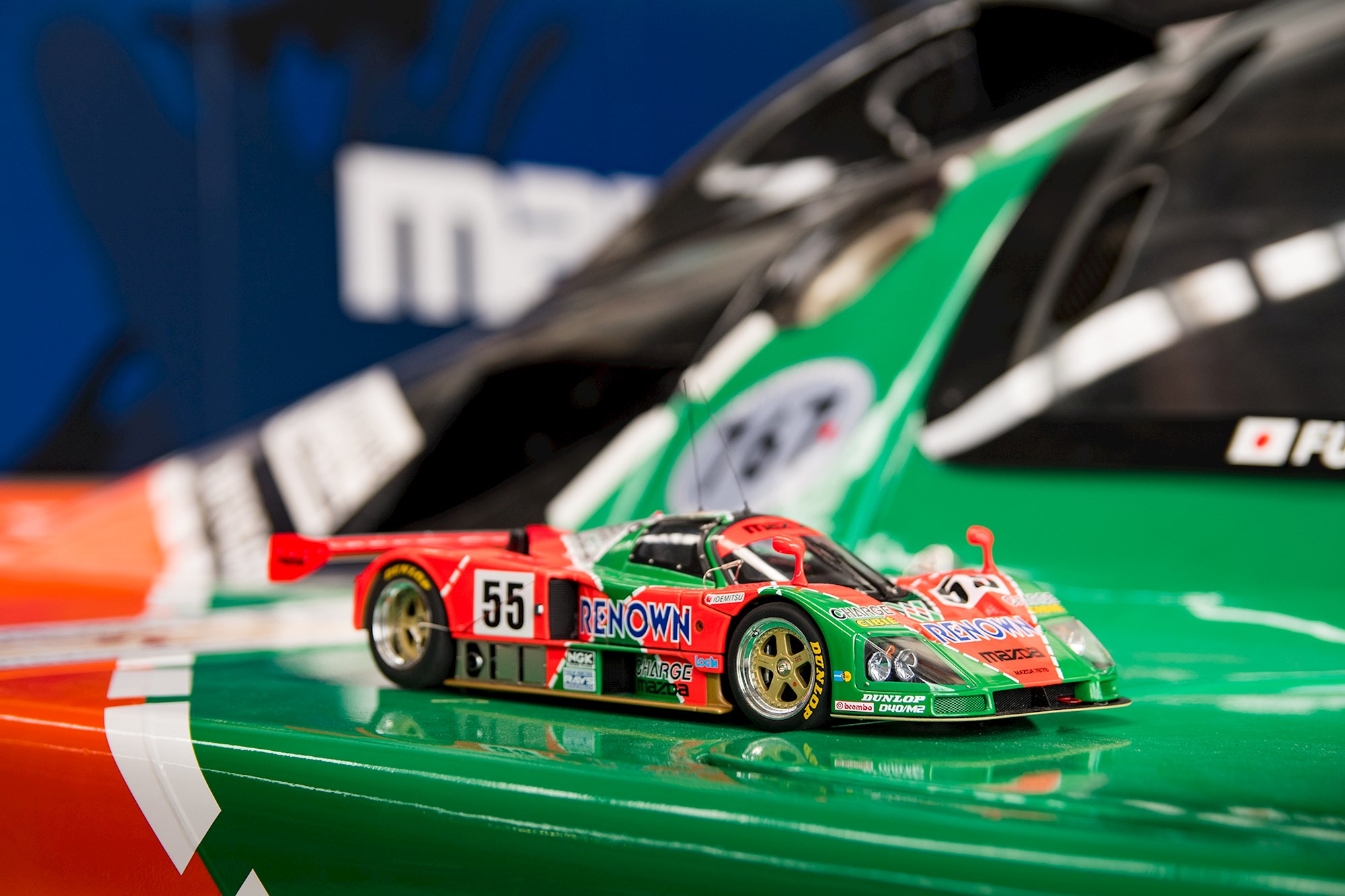
Led by the engineering prowess of Nobuhiro Yamamoto and Junichi Funamoto, the 767B sported a naturally aspirated 4-rotor peripheral port 2.6-litre 13J-M, said to produce 470kW at a dizzying 9000rpm.
Yes, 9000rpm. The 767B, much like the rotary Group C cars before and after it, screams like nothing else. In grainy, low-quality YouTube videos it sounds like a jet plane, motorbike, and Formula 1 car all somehow rolled into one. And it was in videos like this that Whiddett first fell down the Mazdaspeed motorsport rabbit hole.
"That was before my years of building rotaries myself," he says. "Back then we were on YouTube — we didn't have Facebook or Instagram or anything. Video of it came up on some Option VHS recording, and I was like 'f**k, what is the motor in that?'. I knew it was a rotary obviously, and later I found out it was the naturally aspirated four-rotor Peripheral Port.
"I was thinking one day that would be the absolute dream, the absolute pinnacle."
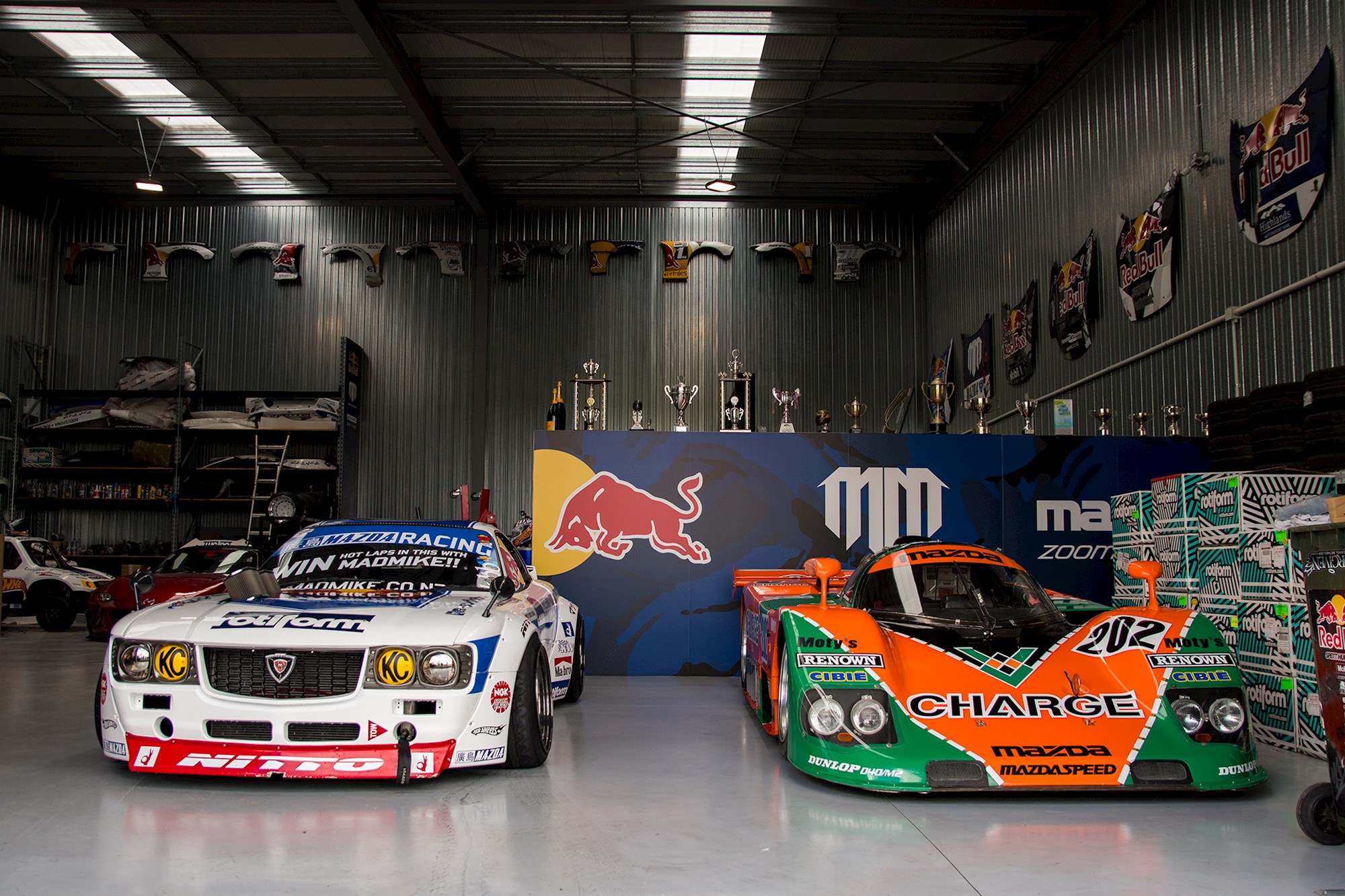
Whiddett would eventually become a rotary engine expert himself, with his 'MADBUL' RX-7 eventually becoming home to a similar set-up to the 767B — in terms of both technical spec and its own take on the beautiful, ear-shattering sound.
The 767B in 1989 was a force to be reckoned with in America in the IMSA GT-P sub-class, and a seventh, ninth, and 12th–place finish at the 24 Hours of Le Mans were strong results. This 767B, car No. 202, finished ninth in the hands of Takashi Yorino, Herve Regout, and Elliot Forbes-Robinson.
Not content, Mazda came back the next year with the revamped 787. And after teething problems in 1990, they took victory in 1991 — becoming the first Japanese manufacturer to win the 24 Hours of Le Mans (a feat only equaled by Toyota this year).
This is normally the bit where we say 'and the rest is history', but no ... changes to class regulations making V10s mandatory meant that rotary engines wouldn't be allowed to enter. Mazda tried to stay in the game in 1992 with the MXR-01 (based off a modified Jaguar XJR-14, with a Judd engine), but a relative shoestring budget meant an honourable fourth place at Le Mans. Their sports car program folded.
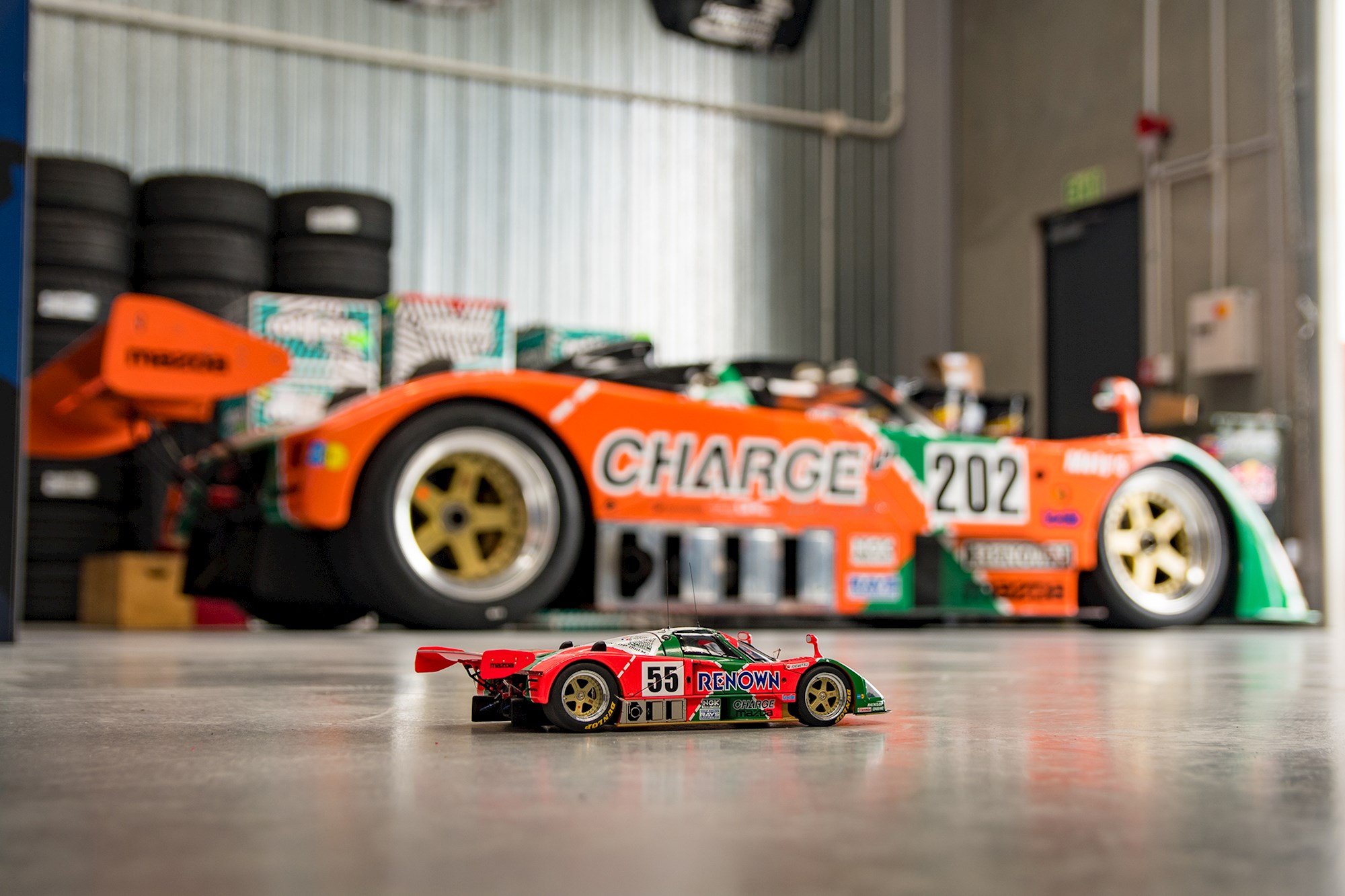
Despite sitting in its race-winning 787B cousin's shadow, the 767B captures similar levels of hype these days. Part of that is the distinctive sound and the famed Charge livery, but perhaps more to the point, the 767B represents an era of sports car racing that we'll never see again. Money no object, regulations loose, and a grid of very different cars. And in the midst of it was a car that showcased rotary reliability on a grand stage.
"They're known to be unreliable because they're such cool fricking cars," says Whiddett. "When you're young, people are doing it on a limited budget. I was pulling my motors apart, trying to do it myself, drilling through the side plates to try and make Bridgeports and make them louder and faster. Putting them back together, yeah they would break down, but if you did that to any other piston engine it's not going to be reliable."
"With the MX-5, RADBUL, we got third in the world championship with that car. The same motor from its test day here in New Zealand all the way to its final round in California. And that's testament to development, 99 per cent of the parts we use in the motor are Mazda. We just modify them here depending on the configuration and the power. And we're up against guys who've got V8s that are literally $100,000 blocks, that are swapped at each round."
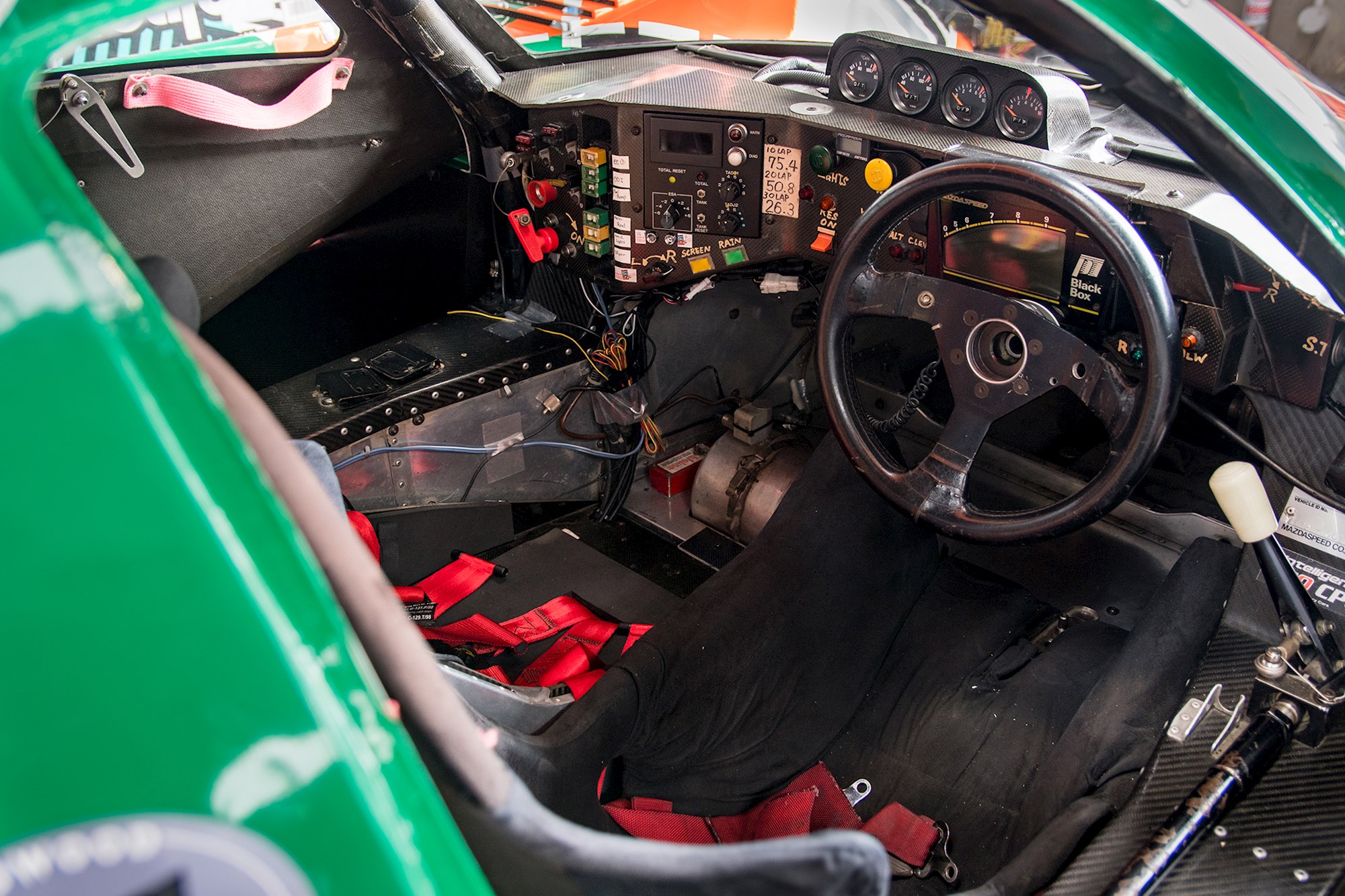
This 767B is much like most '80s and '90s race cars. From afar it looks pristine and perfect, and get closer and more and more 'number eight wire' thinking becomes apparent.
The cabin is mostly spartan, apart from a tangle of multi-coloured wires and a raft of hand-written notes on the dashboard. Some notes detail what buttons do, others appear to reference fuel level in 10-lap intervals for the driver.
There's exposed rivets, gaffer tape, and patchy carbon fibre. It's awesome.
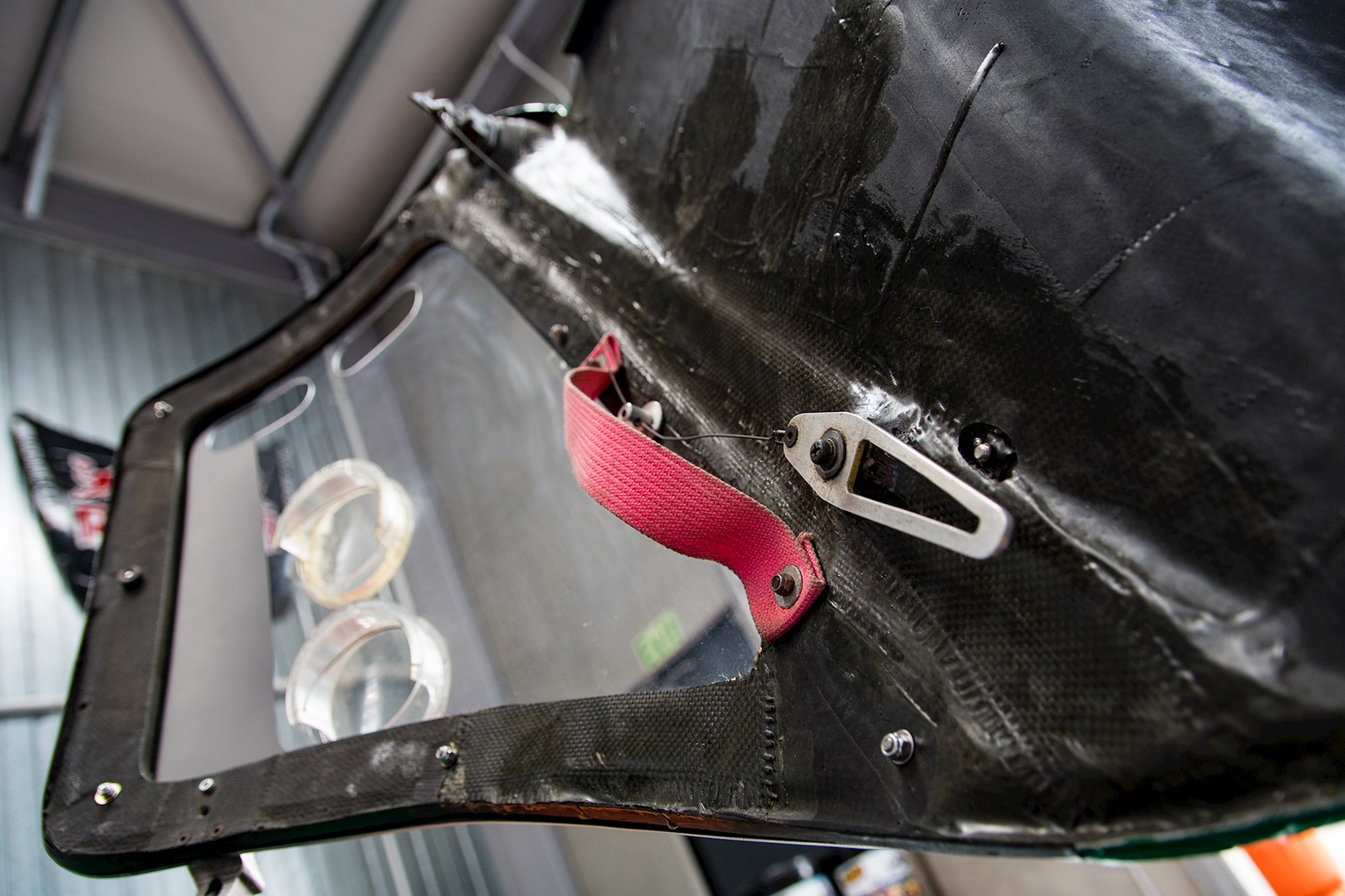
Remember, this thing only weighs 800kg. A lot of this is thanks to all the carbon fibre, but note too that adding polish and covering up imperfections also adds weight. Reduces character, too.
Maybe the best thing about the interior is the comedy-proportioned passenger seat. Its seat back is about half the size of the driver's, with barely enough room for even the most malnourished of adults.
Ironically, the 767B's function-over-form interior aesthetic closely resembles that of many a Kiwi drift car.
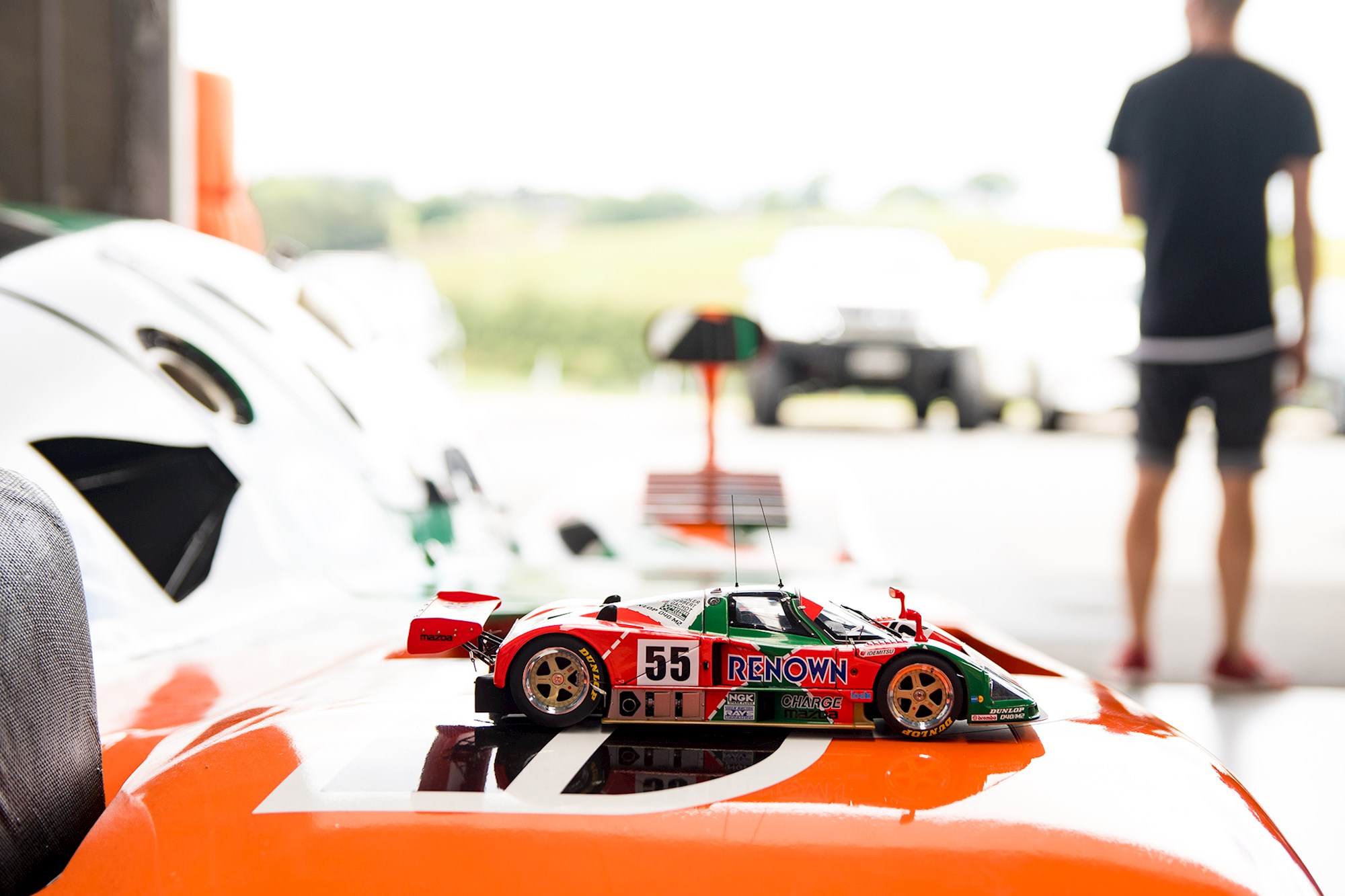
So, how does a potentially priceless Group C race car find its way to little ol' New Zealand? Funnily enough, the simplest solution is the correct one — Whiddett and car owner and mechanic Senji Hoshino are mates.
"I met him [Hoshino-San] at Goodwood Festival of Speed about five years ago, and every time i'm in Japan I try to catch up with him," says Whiddett. "We went and did a documentary in Japan with Red Bull called Nihon Nights, and we went to Hoshino's house and did a feature on his shop. He was talking about Summer Bash and how he wanted to come, and I was like ... "mate, if you want to come can you bring your car?!".
"We were able to make it happen with the help of Mazda here in New Zealand. Although rotaries aren't a current spec production car, still the input and investment and development ... the fact they still support rotaries and what we're doing is really cool.
"The rotary community here in New Zealand is large, and I can't wait to show Hoshino-San our culture. Because in Japan, they have no idea ... they freak out at how much support there is for rotaries still."
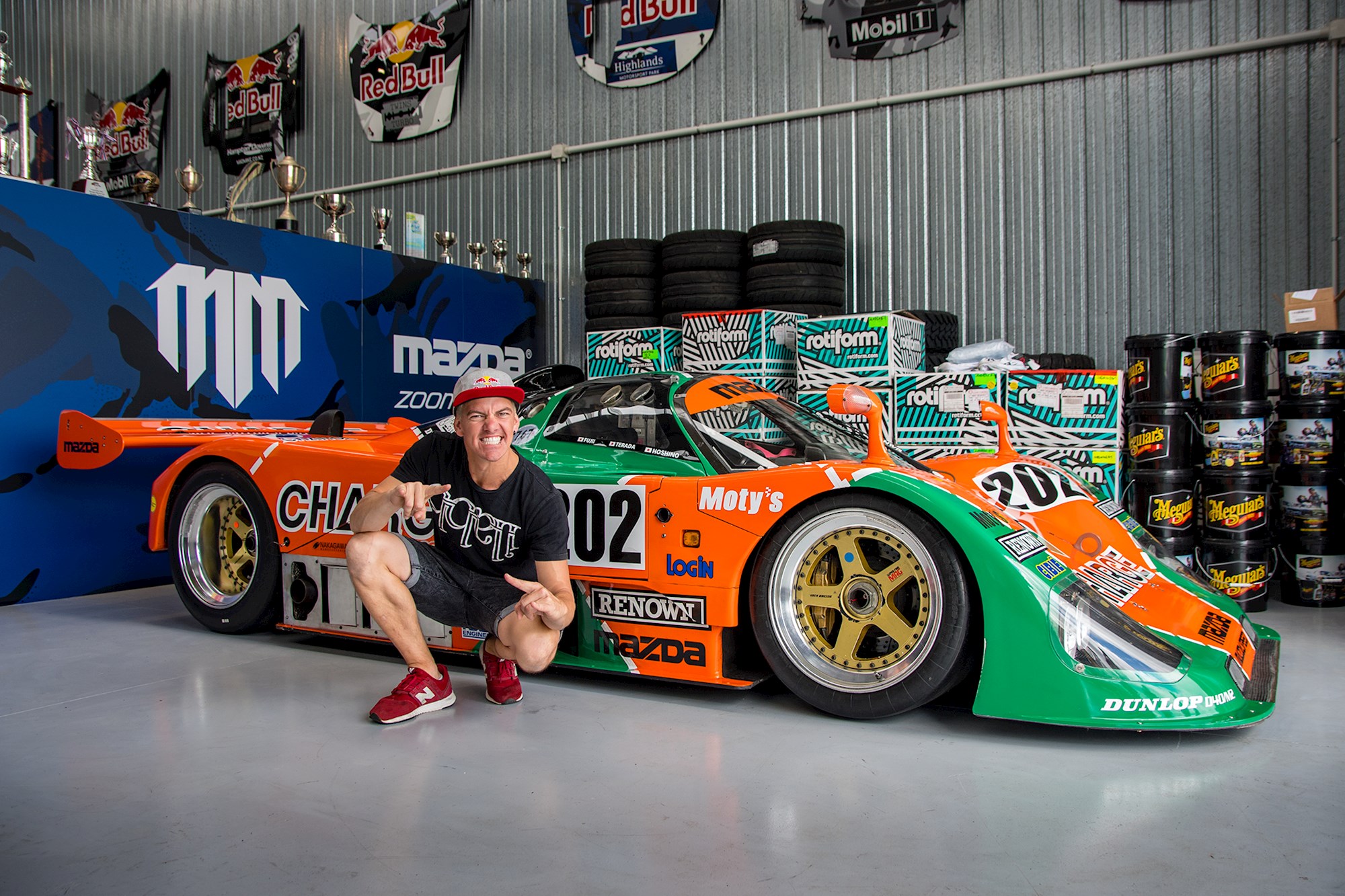
The 767B's track demonstations are just a small part of the Mad Mike Summer Bash framework. The headline event will see some of the best drifters in the country (Whiddett included) face off against up and coming grassroots talent. There are track cruise sessions and skid-pad Mazda Drift Gymkhana sessions for attendees that want to do a bit of track and sideways driving themselves.
And yes, in the middle of it all will be a Le Mans prototype that helped rotary engines climb to the very top of the motorsport world.






























